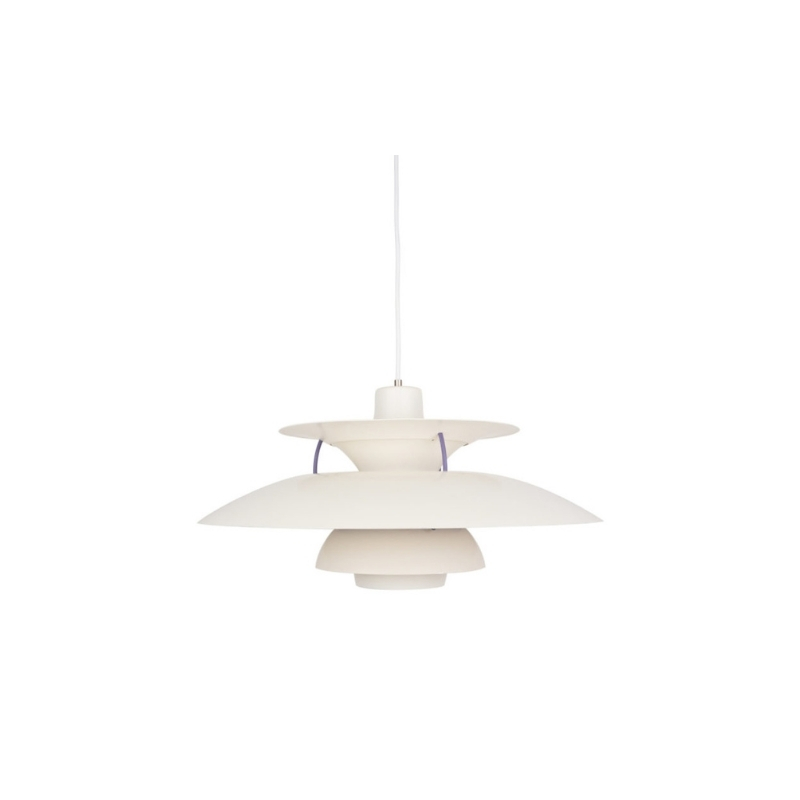I have some mid century chairs and sofa made of birch wood and I am not happy with how it takes walnut stain. I have done some pieces with BLO and the heartwood looks good, but the sapwood stays too blonde for my taste. Since these pieces have a mix of the heart and sap wood, it looks a bit off. I am almost getting to the point of painting it with a white lacquer and be done with my frustration. Does anyone have any success stories with birch wood? Any pictures of finished pieces and what you did would be much appreciated.
Heartwood and sapwood, or "springwood" and "summerwood"?
Anyway, yes, birch is notorious for taking pigment stains unevenly. You might have better luck using dyes, though some are not a lightfast as pigment stains. One brand available in the US that I've used with some success is TransTint dye concentrate. It can be mixed with either water or alcohol and will accept most any topcoat. But, of course, experimentation is absolutely necessary as dyes can be very difficult if not impossible to completely remove and are generally intended for use on bare wood. Any remaining traces of a previous finish can negatively affect performance.
http://homesteadfinishingproducts.com/transtint-liquid-dyes/
I'd probably strip the old finish completely off and ebonize with India ink. I know I probably sound like a broken record about this, but it really is a nice finish and covers a multitude of mismatched wood sins. It's also easy to do. Well, except for the tedium of stripping. (Ink only adheres to bare wood.)
I have a very elegant Ib Kofod-Larsen (style?) recliner and ottoman right now that is beech with a walnut stain and clear lacquer. One side of the chair has turned a greenish color, probably from sitting near a window for many years. I think the best solution will be to strip and ebonize. It'll look stunnning, I know.
spanky, I'd say your chair is more legit than just "style", and is a Selig 626-15 armchair. While there are many chairs with similar frames, I don't believe I've seen a vintage knockoff with so many matching frame details as the original. The new Chinese Z chairs come very close to the Selig Z's (haven't seen a Chinese one up close to do a detailed comparison). I'm not sure if this 626-15 model is being replicated currently.

Spanky, you've posted that chair before and I think it looks pretty fantastic. Nice work!
I agree that "ebonizing" with india ink is a viable and relatively simple alternative technique that can produce pleasing results. As you mentioned, good surface prep is key as thorough sanding opens the grain to evenly accept the ink. In my experience, india ink will raise the grain somewhat, depending on the type of wood, requiring further smoothing once it has fully dried. Sometimes this effect can be mitigated by raising the grain of the bare wood beforehand with water and re-sanding prior to staining. Then, after the ink has dried, judicious rubbing out with #000 steel wool will knock off any raised fibers and allow the warm tones and perhaps some grain to show through. Application oil followed by wax on top of that will restore depth, provide some protection, and allow the surfaces to really glow.
I also think that a good grade of india ink is important. I've had good luck with Pelikan brand, but any of the professional artist's grade products should do. A little goes a long way, so there's really no reason to skimp on price here. Just be sure to mix well before application. The carbon in india ink is extemely finely ground, but it's not in solution like a dye, so it will settle. Additionally, if topcoating is likely, the binder in the ink is important, too. Shellac is a common binder and won't be affected by solvents other than alcohol, so oil finishes should be compatible, but it's always good to check and experiment first.
Good points, tktoo.
Lacquer is a brittle finish and will chip off if dinged. Ink, as tktoo said, is "in" the wood and can easily be touched up if the piece is scratched or dinged. It also has a very soft sheen whereas lacquer is high gloss. I think lacquer is great if that's the look you want, and for some things it's certainly more appropriate than ink.
This might also be a situation where tinted BLO would work. Use artists oil paints. Add small bit of paint to the oil, mix and apply. I would suggest not trying to hit the desired darkness in one coat. Perhaps try to get there in 3 or 4. That way you can adjust the tint as needed as you go.
By using a single coat of water-based conditioner before staining, you can imitate the open-pored appearance of mahogany or walnut. You can achieve an evenly colored finish and darker pores. If you want to copy that of a close-pored woods like cherry, use two coats of conditioner, then the pores won’t show up at all.
I'm not a huge fan of lacquer, I definitely prefer oil based finishes.
Leif, I've heard you discuss using these artists oil paints before. Do you have some pictures you can share of some pieces with this method? As with most things, it will have to be trial and error to see what looks best.
If you need any help, please contact us at – info@designaddict.com









